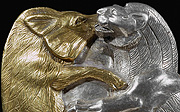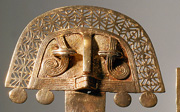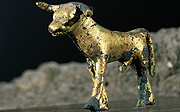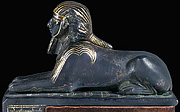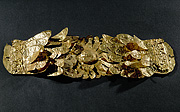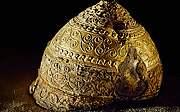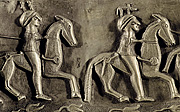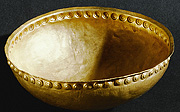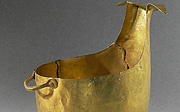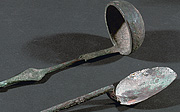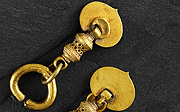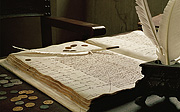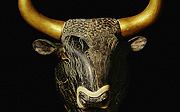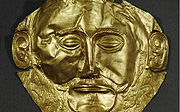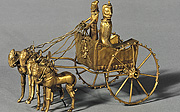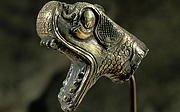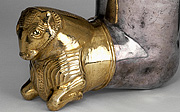
#02010138
Mihrab and Minbar in the mosque of Ahmad al-Burdayni. Begun by the religious S...

#02010154
Gold pendant, enamelled, showing a sparrow with a flower in its mouth....

#02010155
Gold necklace decorated with tiny floral designs in filigree on the centr...

#030102 9
Gold cobra wearing the crown of Lower Egypt, Egyptian, Late Period, after 600 BC...

#03010222
Pair of disc and amphora earrings, Hellenistic (Ptolemaic), c200 BC. Earrings wi...

#03010234
Portrait of Pharaoh Tutankhamun (1346-1337 BCE). This marvellous, life size mas...

#03010235
Reverse side of the throne of Pharaoh Tutankhamun (1346-1337 BCE) with four gold...

#03010237
Egyptian pendants. Gold and precious stones (carnelian, turquoise and amethyst)...

#03010238
Gold vase with corn-shaped decorations and engraved with lotus and flowers. Za...

#03010239
Head of a falcon. This is a votive object belonging to a gold statue of the fal...

#03010240
Gold bracelet belonging to Pharaoh Ramses II (1290-1224 BCE); New Kingdom (19th...

#030301 8
Gold bowl, from Ur,Southern Iraq,2600-2400 BCE. It was found in the Queen's Grav...
